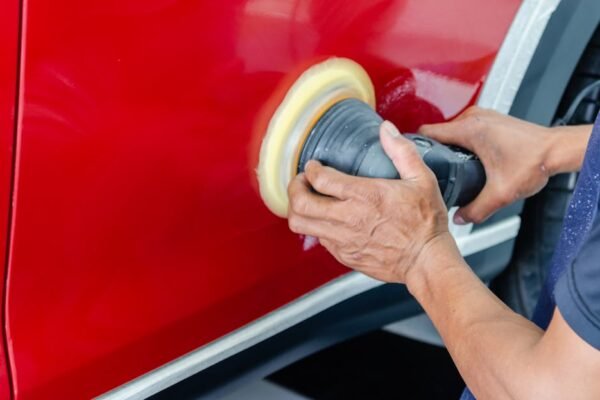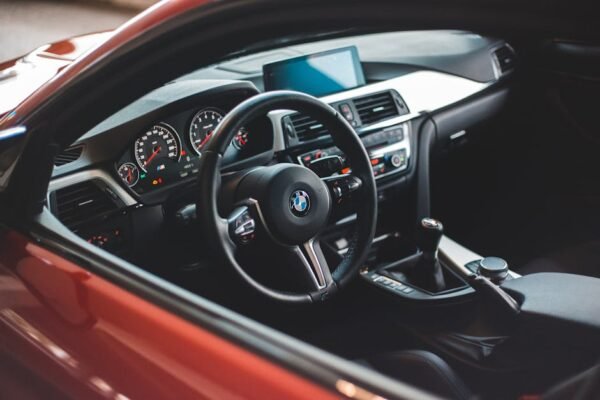Introduction to V2X Connectivity
{“type”:”img1″,”src”:”https://mostmotors.com/wp-content/uploads/2024/03/fileUpload-8.jpg”,”alt”:”smart city traffic technology”}Vehicle-to-Everything (V2X) connectivity is a revolutionary technology that allows vehicles to communicate with each other and with the infrastructure around them. This innovative technology aims to increase road safety, improve traffic efficiency, and reduce environmental impacts. By leveraging a combination of wireless communication technologies, V2X enables the exchange of critical safety and operational data among vehicles, pedestrians, cyclists, and roadside units.
The potential of V2X connectivity extends beyond mere vehicle communication. It encompasses a broad spectrum of applications, including vehicle-to-vehicle (V2V), vehicle-to-infrastructure (V2I), vehicle-to-pedestrian (V2P), and vehicle-to-network (V2N) communications. Each of these applications plays a critical role in shaping the future of intelligent transportation systems.
As we progress toward a more connected and autonomous future, understanding the workings and implications of V2X technology becomes essential. This technology not only promises to enhance safety but also to transform our driving experiences, making them more comfortable and efficient.
Furthermore, V2X connectivity is a key enabler of smart cities, facilitating seamless interaction between vehicles and urban infrastructure. This harmonious integration promises to optimize traffic flow, reduce congestion, and make our cities more livable.
In the following sections, we will delve deeper into how V2X connectivity works, explore its key components, and discuss its potential impacts on society.
The Core Technologies behind V2X
The foundation of V2X connectivity lies in its diverse range of communication technologies, including Dedicated Short-Range Communications (DSRC) and Cellular Vehicle-to-Everything (C-V2X) technology. DSRC is a radio communication technology specifically designed for automotive use, providing high-speed, low-latency communication between vehicles and infrastructure. On the other hand, C-V2X leverages cellular networks to enable direct communication between vehicles, infrastructure, and other road users.
Both DSRC and C-V2X have their unique advantages and limitations. DSRC is highly reliable in short-range, high-speed scenarios and efficiently supports real-time safety applications. C-V2X, however, offers broader coverage and the potential for integration with future 5G networks, enhancing the scope and reliability of V2X services.
The choice between DSRC and C-V2X depends on various factors, including existing infrastructure, regulatory environments, and specific application requirements. Nonetheless, both technologies are crucial for the development and deployment of V2X connectivity.
To maximize the benefits of V2X, vehicles are equipped with On-Board Units (OBUs) and Roadside Units (RSUs) are installed along the infrastructure. OBUs enable vehicles to send and receive V2X messages, while RSUs facilitate communication between vehicles and roadside infrastructure.
By leveraging these technologies, V2X connectivity can support a wide array of applications—from emergency vehicle notifications and intersection collision warnings to traffic flow management and environmental monitoring.
Benefits of V2X Technology
{“type”:”img1″,”src”:”https://mostmotors.com/wp-content/uploads/2024/03/fileUpload-11.jpg”,”alt”:”connected cars on highway”}V2X technology offers numerous benefits that significantly contribute to the enhancement of road safety, traffic efficiency, and environmental sustainability. By allowing dynamic information exchange among all entities involved, V2X helps in preventing accidents, optimizing traffic flow, and reducing carbon emissions.
One of the most notable advantages of V2X is its potential to reduce road accidents. By providing vehicles with real-time information about their surroundings, drivers can make more informed decisions, thereby mitigating the risk of collisions. For instance, vehicle-to-vehicle communication enables cars to alert each other about potential hazards, such as sudden stops or lane changes, well in advance.
Moreover, V2X connectivity fosters a more efficient use of road infrastructure. Traffic management systems can leverage V2I communication to adjust signal timings based on real-time traffic conditions, significantly reducing congestion and improving overall traffic flow.
In addition to safety and efficiency benefits, V2X technology also promotes environmental sustainability. More efficient traffic management leads to smoother vehicle flows, which, in turn, reduces fuel consumption and greenhouse gas emissions. Furthermore, V2X can support the deployment of electric and autonomous vehicles, further contributing to a greener and smarter mobility ecosystem.
Despite the clear advantages, the widespread adoption of V2X technology faces challenges such as standardization, privacy, and cybersecurity concerns. Addressing these issues is essential for maximizing the potential of V2X connectivity and achieving the vision of a truly interconnected transportation system.





